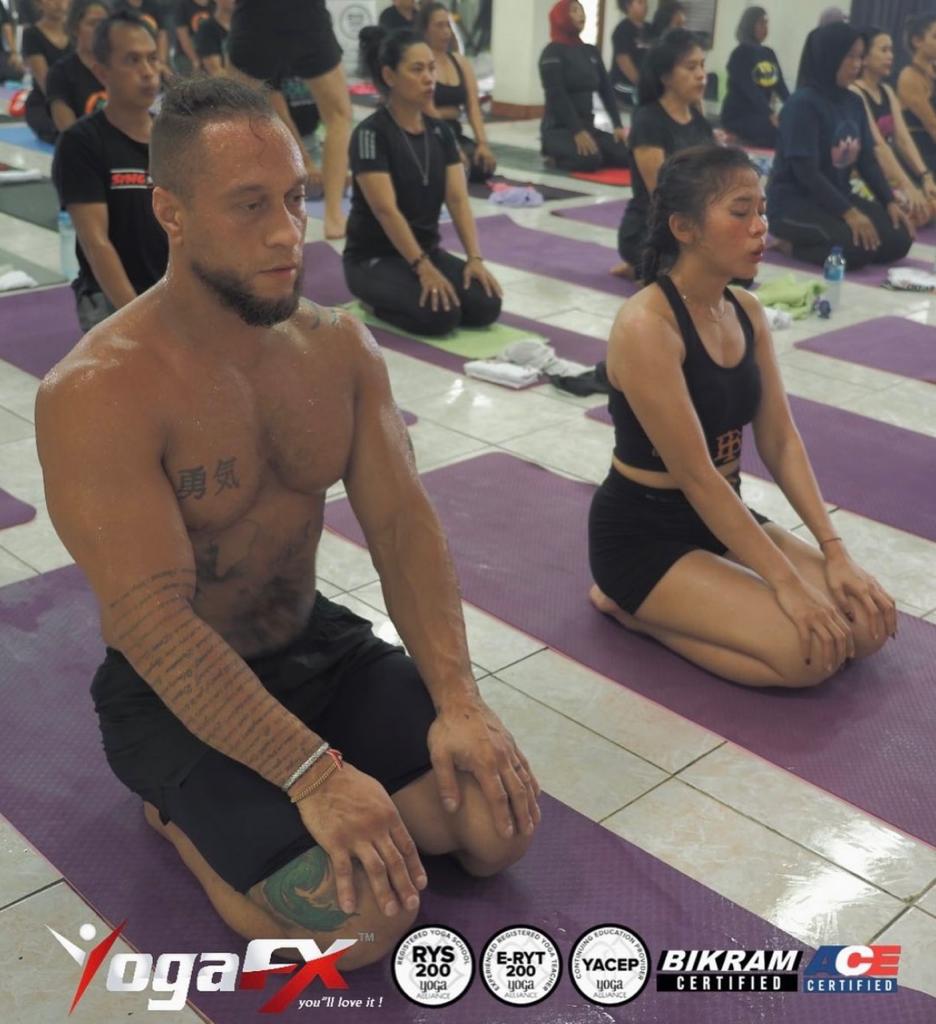When it comes to exercise and fitness, one common question that often arises is, “How many calories can you really expect to burn?” Whether you’re engaging in hot yoga, 26 and 2 yoga, or Bikram yoga, understanding the caloric expenditure of different activities can help you make informed decisions about your fitness routine. In this article, we will delve into the truth behind calorie burning, debunking myths and providing you with a clear understanding of the factors that influence caloric expenditure during exercise. So, let’s uncover the truth and shed light on how many calories you can truly expect to burn during your workouts.

Understanding Caloric Expenditure
To understand how many calories you can burn during exercise, it’s important to grasp the concept of caloric expenditure. Calories are units of energy that our bodies burn to sustain various functions, including physical activity. The basal metabolic rate (BMR) represents the calories your body needs to function at rest. On top of your BMR, physical activity, such as exercise, contributes to additional caloric expenditure. For those looking to lose weight, creating a caloric deficit by burning more calories than you consume is often the goal.
“The Goal Is Not To Give Them What They’re Asking For Make They Ask For What You’ve Got”
Factors Influencing Caloric Expenditure
The number of calories burned during exercise varies from person to person and depends on several factors. Age, weight, gender, and overall fitness level play a role in determining caloric expenditure. Generally, individuals with higher body weight and greater muscle mass tend to burn more calories during physical activity. Additionally, exercise intensity and duration have a significant impact on caloric burn. Higher-intensity workouts and longer exercise sessions generally result in greater caloric expenditure.

Hot Yoga and Caloric Burn
Hot yoga, including 26 and 2 yoga and Bikram yoga, is known for its combination of yoga postures and a heated environment. This unique setting can lead to increased caloric burn. The heated room in hot yoga classes, typically maintained at around 105 degrees Fahrenheit, raises the body’s core temperature. As a result, the body works harder to regulate its temperature, leading to increased metabolic rate and calorie burning.
Understanding 26 and 2 Yoga and Caloric Expenditure
26 and 2 yoga, also known as the Original Hot Yoga, is a specific sequence of 26 postures and 2 breathing exercises. Each posture targets different areas of the body, promoting strength, flexibility, and balance. During a 26 and 2 yoga session, you can expect to burn a significant number of calories. The continuous flow of postures, combined with the heat, challenges the body and increases energy expenditure. However, the exact number of calories burned will vary depending on individual factors and the effort exerted during the practice.
Bikram Yoga and Caloric Expenditure
Bikram yoga follows the same sequence as 26 and 2 yoga, but it is practiced in a heated room. The heat intensifies the practice, increasing the heart rate and metabolic rate, which contributes to greater caloric burn. The combination of specific postures, the heated environment, and the focus on proper alignment and breath control in Bikram yoga enhances the overall calorie-burning potential of the practice. Engaging in regular Bikram yoga sessions can lead to significant caloric expenditure and assist in weight management goals.
The Truth About Caloric Expenditure
While understanding the caloric expenditure of different exercises is valuable, it’s essential to approach the topic with realistic expectations. Calorie-burning estimates provided by fitness trackers and equipment are estimates based on averages and may not accurately reflect individual metabolism and energy expenditure. Factors such as genetics, muscle mass, and overall fitness level can influence the number of calories burned. Therefore, it is crucial to use caloric expenditure as a guideline and focus on consistency and overall fitness rather than solely relying on calorie counts.
The caloric expenditure in hot yoga, 26 and 2 yoga, and Bikram yoga can vary depending on factors such as individual weight, intensity of the practice, and duration of the session. On average, a person weighing 150 pounds can burn approximately 330-460 calories in a one-hour hot yoga session. The heated environment and the challenging nature of the practice contribute to increased calorie burn. However, it’s important to note that these numbers are approximate and individual results may vary.
The Importance of Balanced Fitness
When considering caloric expenditure and weight loss goals, it’s important to embrace a balanced approach to fitness. While hot yoga, 26 and 2 yoga, and Bikram yoga can contribute to caloric burn, incorporating other forms of exercise is vital for overall health and fitness. Strength training helps build lean muscle mass, which increases basal metabolic rate and promotes long-term calorie burning. Cardiovascular exercises and flexibility training also play significant roles in a well-rounded fitness routine.
Maximizing Caloric Expenditure and Weight Loss
To maximize caloric expenditure during workouts and support weight loss goals, consider incorporating high-intensity interval training (HIIT) and circuit training. These types of exercises challenge the body and result in increased calorie burn during and after the workout. Additionally, maintaining a consistent exercise routine, gradually increasing exercise intensity, and adopting a healthy and balanced diet will contribute to successful weight management and overall well-being.

Conclusion
Understanding caloric expenditure during exercise provides valuable insights into the effectiveness of different workouts. While hot yoga, 26 and 2 yoga, and Bikram yoga offer unique benefits and can contribute to caloric burn, it’s important to approach fitness holistically. The Bikram Hot YogaFX teacher training, led by Mr. Ian and YogaFX, offers an opportunity for those passionate about hot yoga to deepen their practice and become certified instructors. Embrace the benefits of hot yoga, consider the Bikram yoga teacher training YogaFX as a pathway to sharing this transformative practice with others, and remember that achieving fitness goals goes beyond calorie counting. Focus on consistency, balanced fitness, and overall well-being for long-term success.

